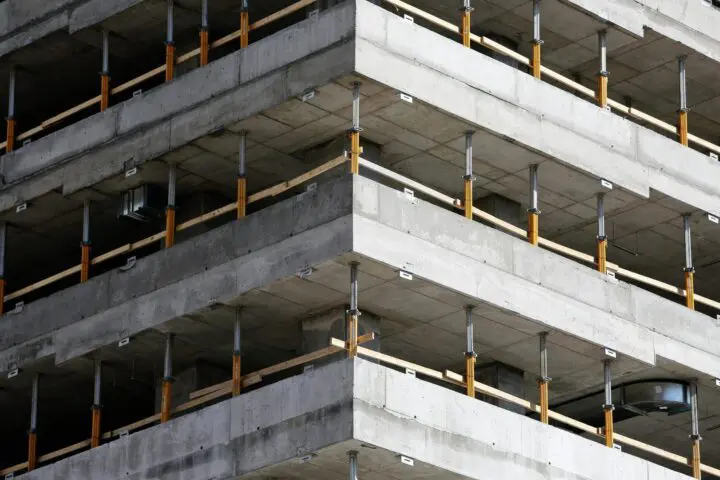An Architect’s Guide to P3s
Federal, state, and local governments in the United States see Public‑Private Partnerships (P3s) as a means to implement critical infrastructure improvements, such as improved public roads, highways, and bridges, and construct municipal improvements, such as courthouses, airports, and higher education residential facilities, when they have no immediate way to fund them.
Text
Federal, state, and local governments in the United States see Public-Private Partnerships (P3s) as a means to implement critical infrastructure improvements, such as improved public roads, highways, and bridges, and construct municipal improvements, such as courthouses, airports, and higher education residential facilities, when they have no immediate way to fund them. While benefits abound for the public entities under P3s, they also offer architects exciting opportunities.
However, P3s are not right for every project and may be fraught with traps for the architect. When the project is successful, an architect may have a tremendous upside, but with a “problem project,” the architect may face significant practice-threatening risks if he or she fails to adequately evaluate, manage, or price the risks.
The AIA Trust has published the new Architect’s Guide to P3s which identifies various risks associated with P3s and the ways for architects, together with their attorneys and insurance advisors to manage the risk during the contracting process. Understanding the risks posed by a P3 solicitation and attendant documents is critical to helping ensure that any Teaming Agreement and Design Agreement between a contractor and the architect reflect only the risk that the architectural firm is willing and able to assume.
More on Professional Liability

2024 Professional Liability Trends Every Architect Should Know
News ▪ April 2025
Ethical challenges of generative AI in architectural practice
News ▪ February 2025
Pitfalls of the Profession by LegaLine
Components ▪ Contracts ▪ Legal ▪ Professional Liability ▪ Professional Practice ▪ Risk ▪ Small Firms ▪ Webinar